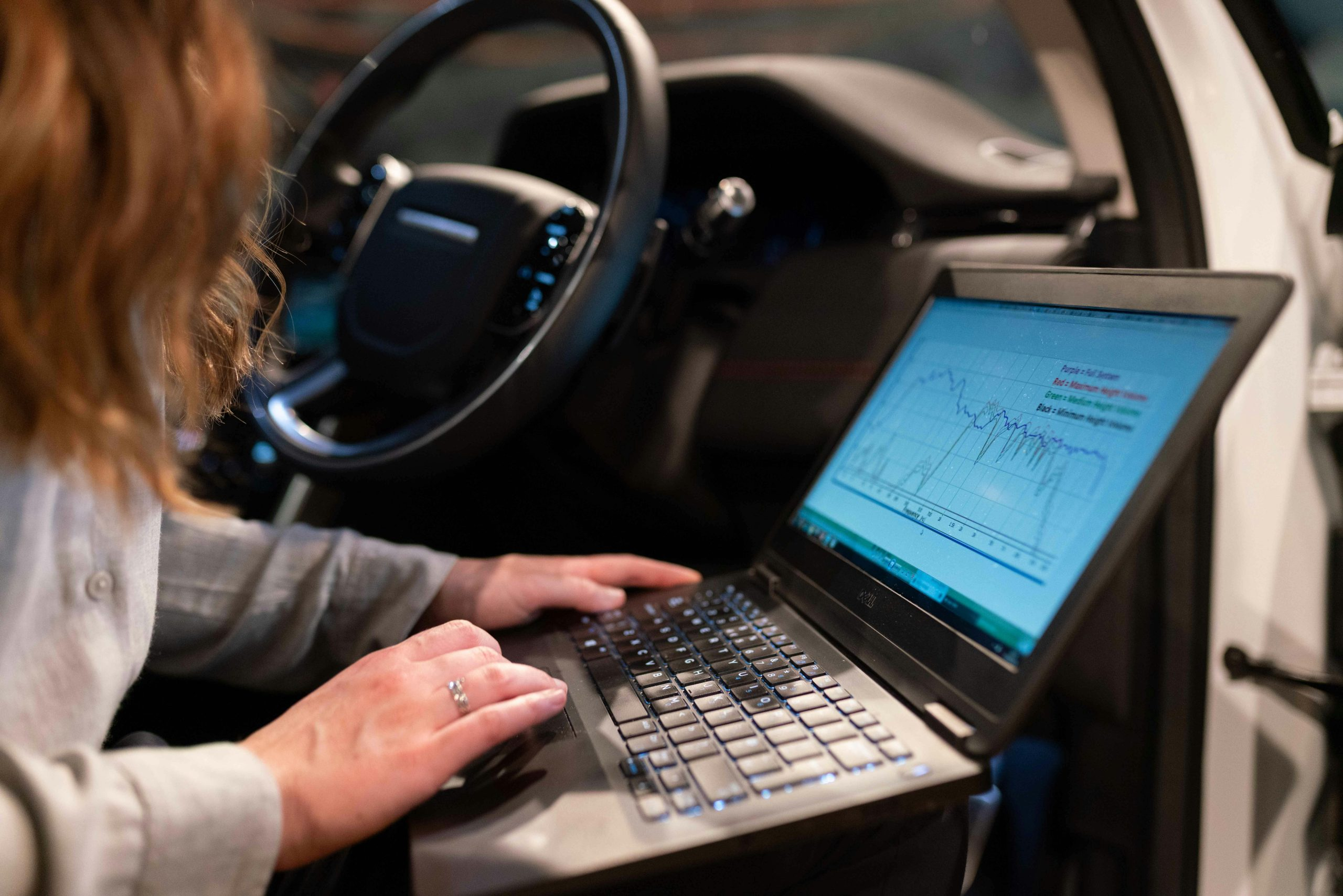The Role of Robotics and Automation in Car Manufacturing
Robots and automation have become an integral part of the manufacturing industry, and the car manufacturing sector is no exception. With the advancement of technology, we have seen a significant shift towards the use of robotics and automation in the production of cars. This has led to a more efficient and faster production process, ultimately benefiting both manufacturers and consumers. In this article, we will explore the various roles that robotics and automation play in car manufacturing and how they are shaping the future of the automotive industry.
The Evolution of Robotics and Automation in Car Manufacturing
Before the introduction of robotics and automation, car manufacturing was a labor-intensive and time-consuming process. The entire process was dependent on human workers, which often led to inconsistencies and errors. However, with the emergence of robots and automation, the production process has been revolutionized.
The use of robotics and automation in car manufacturing dates back to the 1960s when the first robotic arm was introduced in the industry. Since then, there has been a significant evolution in the technology, leading to more advanced and efficient robots. Today, we see the use of a wide range of robots in the production process, including welding robots, painting robots, and assembly robots.
Efficiency and Accuracy in Production
Welding Robots
One of the key roles of robotics in car manufacturing is in welding. With the use of welding robots, car manufacturers are able to achieve more accuracy and precision in the welding process. Unlike humans, robots do not tire, and they can work for long hours without compromising on the quality of work. This has significantly improved the strength and durability of car bodies, making them safer for consumers.
Painting Robots
Painting is another crucial aspect of car manufacturing that has been enhanced by automation. Automated painting robots are equipped with advanced sensors and cameras that are able to detect any imperfection in the surface of the car body. This ensures a consistent and flawless paint job on every car, giving them a sleek and professional finish.
Faster Production Process
One of the main advantages of using robots and automation in car manufacturing is the speed at which cars can be produced. Robots are able to work at a much faster pace compared to humans, leading to a significant reduction in production time. This has allowed car manufacturers to meet the high demand for cars in a shorter amount of time, ultimately increasing their revenue.
Reduced Labor Costs
With the use of robots and automation, car manufacturers are able to reduce their labor costs significantly. Unlike humans, robots do not require wages, breaks, or vacations. This means that car manufacturers save a considerable amount of money on labor costs, allowing them to invest in other areas of their business.
The Future of Car Manufacturing
The use of robots and automation in car manufacturing is only set to increase in the future. With the constant advancements in technology, we can expect to see even more advanced and efficient robots being used in the production process. This will not only lead to a faster and more accurate production process but also provide a safer and more comfortable working environment for employees.
Moreover, with the development of artificial intelligence, we can expect to see robots being able to perform more complex tasks, thus reducing the need for human workers even further. This could potentially lead to a fully automated car manufacturing process.
Conclusion
In conclusion, the role of robotics and automation in car manufacturing is undeniably significant. These technologies have not only improved the efficiency and accuracy of the production process but also reduced labor costs and increased revenue for car manufacturers. With the continuous advancements in technology, we can only expect to see a more significant impact of robotics and automation in the future of car manufacturing.









